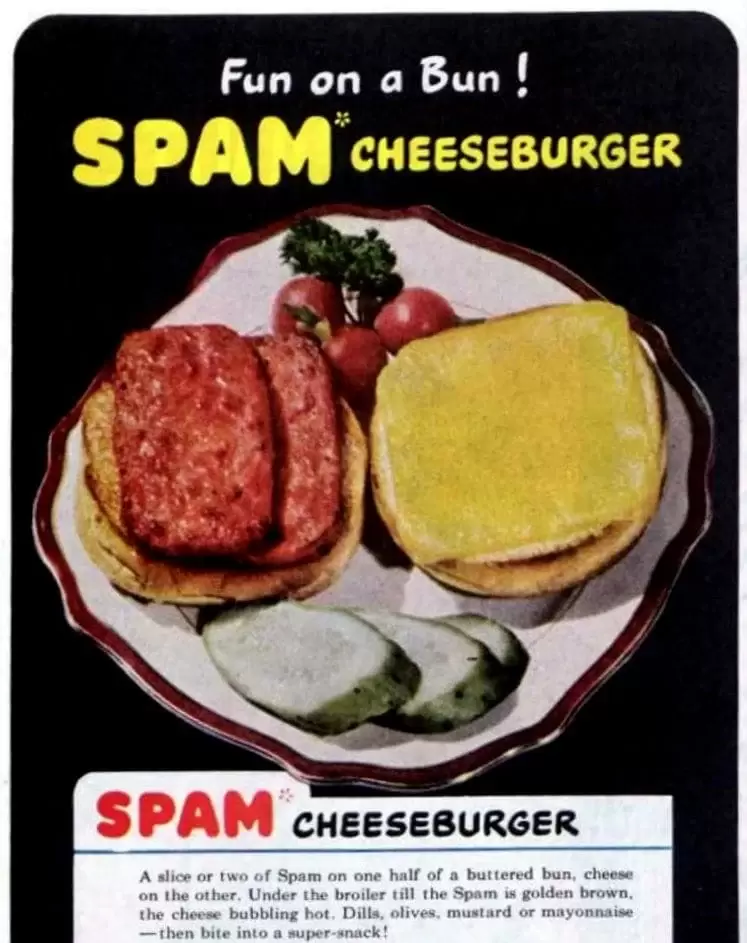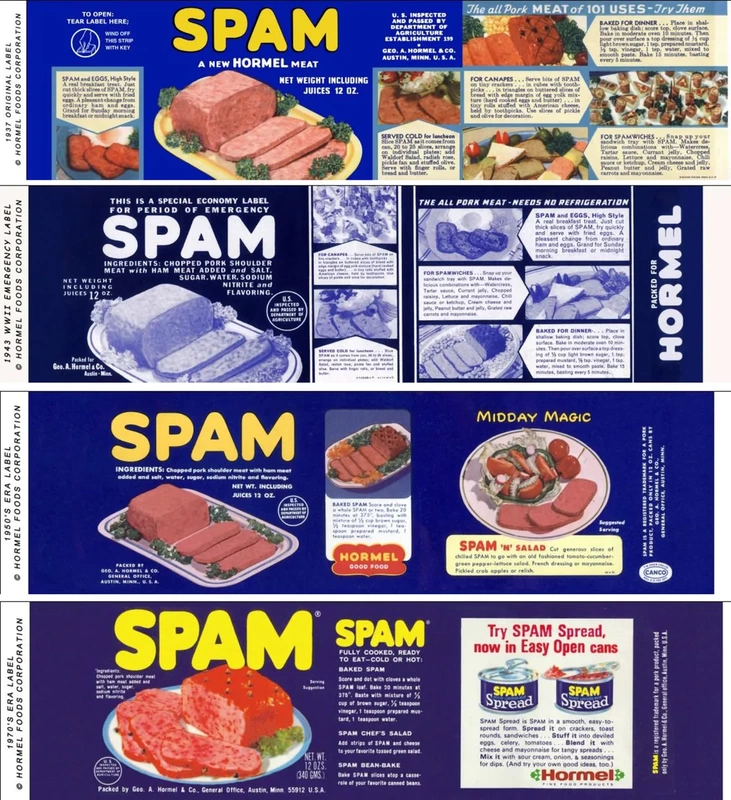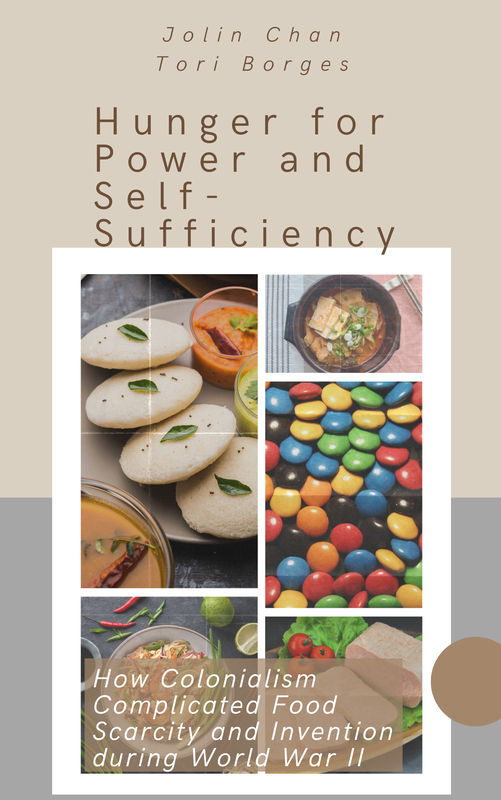- Home
- Stories
-
Internship
- Summer 2024 Internship
- Summer 2023 Internship
- Fall 2022 Internship
- Summer 2022 Internship
- Summer 2021 Internship
- Fall 2020- Spring 2021 Internship
- Summer 2020 Internship
- Fall 2019 Internship
- Summer 2019 Internship >
- School Year 2018-2019 Internship
- Summer 2018 Internship >
- Fall 2017 Internship
- Summer 2017 Internship >
- Books
- Archives
-
Resource Page
-
Supplementary Research Guides
>
- Unit 731 - Guide >
-
Philippines' Resistance - Guide
>
- Philippines World War II Timeline
- The Japanese Invasion & Conquest of the Philippines
- Bataan Death March
- Formation of Underground Philippines Resistance
- Supplies of the Guerrilla Fighters
- The Hukbalahap
- Hunter's ROTC
- Marking's Guerrillas
- United States Army Forces in the Philippines of Northern Luzon (USAFIP-NL)
- The Aetas
- Chinese and Filipino-Chinese Nationalist Guerrilla Units
- The Female Faces of the Philippine Guerrillas
- Rising Sun Flag - Guide >
- Pinay Guerrilleras - Guide >
- Fall of Singapore - Guide >
- Three Years and Eight Months - Guide >
- Siamese Sovereignty - Guide >
- The Khabarovsk War Crimes Trial - Guide >
- Unit 731 Cover-up : The Operation Paperclip of the East - Guide >
- Marutas of Unit 731 - Guide >
- Prince Konoe Memoir - Guide >
- Competing Empires in Burma - Guide >
- Battle of Shanghai - Guide >
- Ishi Shiro - Guide >
- Taiwan The Israel of the East - Guide >
- Seeking Justice for Biological Warfare Victims of Unit 731 - Guide >
- Rice and Revolution - Guide >
- Clash of Empires - Guide >
-
Hunger for Power and Self-SufficiencyI - Guide
>
- The Influence of War Rations on Post-War Culinary Transformations
- How World War II Complicated Food Scarcity and Invention
- American Military Innovations
- Government-Sponsored Food Inventions in Europe during World War II
- Feeding the Army: The Adaptation of Japanese Military Cuisine and Its Impact on the Philippines
- Mixed Dishes: Culinary Innovations Driven by Necessity and Food Scarcity
-
Denial A Quick Look of History of Comfort Women and Present Days’ Complication - Guide
>
- The Comfort Women System and the Fight for Recognition
- The Role of Activism and International Pressure
- The Controversy over Japanese History Textbooks
- The Sonyŏsang Statue and the Symbolism of Public Memorials
- Activism and Support from Japanese Citizens
- The Future of Comfort Women Memorials and Education
- Echoes of Empire: The Power of Japanese Propaganda - Guide >
- Lesson Plans >
-
Supplementary Research Guides
>
The Impact of SPAM in the Pacific
At the dawn of World War II, the Pacific region faced a grave threat: starvation and famine. In the face of such adversity, communities across the region had to innovate and invent new ways of being self-sufficient regarding food. However, the severity of food scarcity and starvation varied depending on a country's privilege and power.
With their abundant resources, the imperial powerhouses had an advantage in dealing with food insecurity. They were able to make complex plans to feed their populations. But the colonized peoples, with far fewer economic resources, were left to scavenge and rely on communal resources to survive.
As American businesses prospered by collaborating with the military to feed troops and set up future food markets, Asian countries survived on less nutrient-rich foods, such as SPAM, that the American military brought with them. As a result, canned items like SPAM became part of new food dishes inspired by the war and the growing reliance on American and European goods.
Among the European powers, Germany and the United Kingdom had sophisticated rationing on the homefront, putting ample government resources to keep their populations fed. But as a colony of the United Kingdom, India was given a different priority and suffered disastrous famines, both before and after the war. Nevertheless, despite the negative effects of British governance, South India managed to invent a new dish - rava idli - that became a staple for many.
In times of crisis, food can be a source of comfort and creativity. This article explores the ways that food inventions emerged from necessity during World War II and how they shaped the culinary culture of different nations.
With their abundant resources, the imperial powerhouses had an advantage in dealing with food insecurity. They were able to make complex plans to feed their populations. But the colonized peoples, with far fewer economic resources, were left to scavenge and rely on communal resources to survive.
As American businesses prospered by collaborating with the military to feed troops and set up future food markets, Asian countries survived on less nutrient-rich foods, such as SPAM, that the American military brought with them. As a result, canned items like SPAM became part of new food dishes inspired by the war and the growing reliance on American and European goods.
Among the European powers, Germany and the United Kingdom had sophisticated rationing on the homefront, putting ample government resources to keep their populations fed. But as a colony of the United Kingdom, India was given a different priority and suffered disastrous famines, both before and after the war. Nevertheless, despite the negative effects of British governance, South India managed to invent a new dish - rava idli - that became a staple for many.
In times of crisis, food can be a source of comfort and creativity. This article explores the ways that food inventions emerged from necessity during World War II and how they shaped the culinary culture of different nations.

SPAM is a canned precooked meat product that was first introduced by Hormel Foods Corporation in 1937. It became very popular during World War II as it was widely used by the military as a source of protein. During the war, SPAM was also used by civilians as a substitute for meat, and recipes using SPAM became quite popular.
Invented in America before the start of the war, SPAM became a staple in the military diet during World War II and a mainstay in the Pacific. In many colonies, SPAM was a remedy or buffer for cases of starvation due to years of continuous wars and regime changes. The prevalence of SPAM in different foods during this time showcases the discrepancies between how Americans treated their citizens and those seen as foreign. Although American military rations were by no means glamorous, they required meticulous preparation and planning, while the people they encountered and disrupted were given few resources and essential foodstuffs. The resulting meals have a complicated history of both suffering and survival.
An invention of the Hormel Foods Corporation, SPAM was created in response to food scarcity during the Great Depression. The original recipe in 1937 was chopped pork shoulder, ham, salt, water, sugar, and sodium nitrite, therefore requiring no need for refrigeration. These ingredients led to a long shelf life, which was a deliberate choice to suit the needs of the Great Depression. World War II, however, is what made SPAM a worldwide staple. Its extended shelf life suited the United States military perfectly, and Hormel began selling the luncheon meat to the United States military. Over 150 million pounds of SPAM were used in the war effort in rations. Where American GI's went, SPAM went as well, inadvertently introducing it to the world and opening up the opportunity for food invention.
Hawaii was one of the first places to incorporate SPAM into their dishes and diet. After the attack on Pearl Harbor and the United States' entrance into the war, Hawaiians would hoard SPAM rations out of fear that food shipments would cease. This fear came from Hawaii facing constant starvation and poverty during the war. As a United States territory in the middle of the Pacific, Hawaii was a bridge between the West and East. Before World War II, Hawaii had a million-dollar fishing industry supporting its economy buttressed by Japanese manpower. The inclusion of the Japanese in the economy of its territory made America suspicious amid growing tensions, leading to the ruin of Hawaii's economy.
An invention of the Hormel Foods Corporation, SPAM was created in response to food scarcity during the Great Depression. The original recipe in 1937 was chopped pork shoulder, ham, salt, water, sugar, and sodium nitrite, therefore requiring no need for refrigeration. These ingredients led to a long shelf life, which was a deliberate choice to suit the needs of the Great Depression. World War II, however, is what made SPAM a worldwide staple. Its extended shelf life suited the United States military perfectly, and Hormel began selling the luncheon meat to the United States military. Over 150 million pounds of SPAM were used in the war effort in rations. Where American GI's went, SPAM went as well, inadvertently introducing it to the world and opening up the opportunity for food invention.
Hawaii was one of the first places to incorporate SPAM into their dishes and diet. After the attack on Pearl Harbor and the United States' entrance into the war, Hawaiians would hoard SPAM rations out of fear that food shipments would cease. This fear came from Hawaii facing constant starvation and poverty during the war. As a United States territory in the middle of the Pacific, Hawaii was a bridge between the West and East. Before World War II, Hawaii had a million-dollar fishing industry supporting its economy buttressed by Japanese manpower. The inclusion of the Japanese in the economy of its territory made America suspicious amid growing tensions, leading to the ruin of Hawaii's economy.
After the war in the Pacific ended, SPAM became entrenched in more regional conflicts, cementing its popularity in many cultures, particularly in Korea. Budae jigae, or army stew, was created by starving Koreans and scavenging through the remains of American military bases. They combined their cuisine with American inventions, such as cheese and SPAM. The use of SPAM in this dish illustrates the desperation of Koreans during the war. Although America's imperialism is what caused their starvation, it also provided food aid. America claimed to be in Korea to protect the country, but it did not take into account the devastation the war had caused, leaving many Koreans with no choice but to steal to survive. The origins of Budae jigae are unsettling, reflecting how Koreans had to combat food insecurity by rationing and reusing the resources of their oppressors.
Related Book
|
|
Hunger for Power and Self-Sufficiency: How Colonialism Complicated Food Scarcity and Invention during World War IIDiscover the hidden food history of World War II that mainstream narratives have overlooked. While the war conjures images of genocide and ceaseless violence, it's important to address the histories of colonized peoples during this time. Learn how contrasting food inventions between colonial powers and their holdings during World War II shed light on these marginalized histories.
Explore how America's emergence as a world power during World War II led to the introduction of iconic food items like SPAM and M&Ms. These food inventions profoundly impacted the military and were later incorporated into some American dishes after the war. Discover how the relationship between entrepreneurs and the American military was vital to food invention, and how food science led to popular American snack foods. Find out how the American military introduced their own food inventions to subjugated places, spurring more food innovation in places they had colonized and waged war. Learn how SPAM became a key part of history during the war in places like Hawaii, Korea, and Okinawa, and how it continues to sustain them today. Discover how Europe's food invention was less connected to the military, with homefront food invention being government sponsored. Explore how citizens of these powers were better off during times of extreme food shortages and rationing than others. Explore the contrasting food history of the Bengal Famine, where millions of deaths occurred due to the British colony's whims. Discover how food invention was still possible during these times, showing perseverance, and how similar themes emerged in other parts of Asia. Learn how colonized people showed ingenuity in the face of starvation and how the differences in how colonizing and colonized spaces dealt with food insecurity during World War II reveal the glaring inequality in homefront experiences. |
|
Pacific Atrocities Education
730 Commercial Street San Francisco, CA 94108 415-988-9889 |
Copyright © 2021 Pacific Atrocities Education.
We are a registered 501 (c)(3) charity. |
- Home
- Stories
-
Internship
- Summer 2024 Internship
- Summer 2023 Internship
- Fall 2022 Internship
- Summer 2022 Internship
- Summer 2021 Internship
- Fall 2020- Spring 2021 Internship
- Summer 2020 Internship
- Fall 2019 Internship
- Summer 2019 Internship >
- School Year 2018-2019 Internship
- Summer 2018 Internship >
- Fall 2017 Internship
- Summer 2017 Internship >
- Books
- Archives
-
Resource Page
-
Supplementary Research Guides
>
- Unit 731 - Guide >
-
Philippines' Resistance - Guide
>
- Philippines World War II Timeline
- The Japanese Invasion & Conquest of the Philippines
- Bataan Death March
- Formation of Underground Philippines Resistance
- Supplies of the Guerrilla Fighters
- The Hukbalahap
- Hunter's ROTC
- Marking's Guerrillas
- United States Army Forces in the Philippines of Northern Luzon (USAFIP-NL)
- The Aetas
- Chinese and Filipino-Chinese Nationalist Guerrilla Units
- The Female Faces of the Philippine Guerrillas
- Rising Sun Flag - Guide >
- Pinay Guerrilleras - Guide >
- Fall of Singapore - Guide >
- Three Years and Eight Months - Guide >
- Siamese Sovereignty - Guide >
- The Khabarovsk War Crimes Trial - Guide >
- Unit 731 Cover-up : The Operation Paperclip of the East - Guide >
- Marutas of Unit 731 - Guide >
- Prince Konoe Memoir - Guide >
- Competing Empires in Burma - Guide >
- Battle of Shanghai - Guide >
- Ishi Shiro - Guide >
- Taiwan The Israel of the East - Guide >
- Seeking Justice for Biological Warfare Victims of Unit 731 - Guide >
- Rice and Revolution - Guide >
- Clash of Empires - Guide >
-
Hunger for Power and Self-SufficiencyI - Guide
>
- The Influence of War Rations on Post-War Culinary Transformations
- How World War II Complicated Food Scarcity and Invention
- American Military Innovations
- Government-Sponsored Food Inventions in Europe during World War II
- Feeding the Army: The Adaptation of Japanese Military Cuisine and Its Impact on the Philippines
- Mixed Dishes: Culinary Innovations Driven by Necessity and Food Scarcity
-
Denial A Quick Look of History of Comfort Women and Present Days’ Complication - Guide
>
- The Comfort Women System and the Fight for Recognition
- The Role of Activism and International Pressure
- The Controversy over Japanese History Textbooks
- The Sonyŏsang Statue and the Symbolism of Public Memorials
- Activism and Support from Japanese Citizens
- The Future of Comfort Women Memorials and Education
- Echoes of Empire: The Power of Japanese Propaganda - Guide >
- Lesson Plans >
-
Supplementary Research Guides
>

